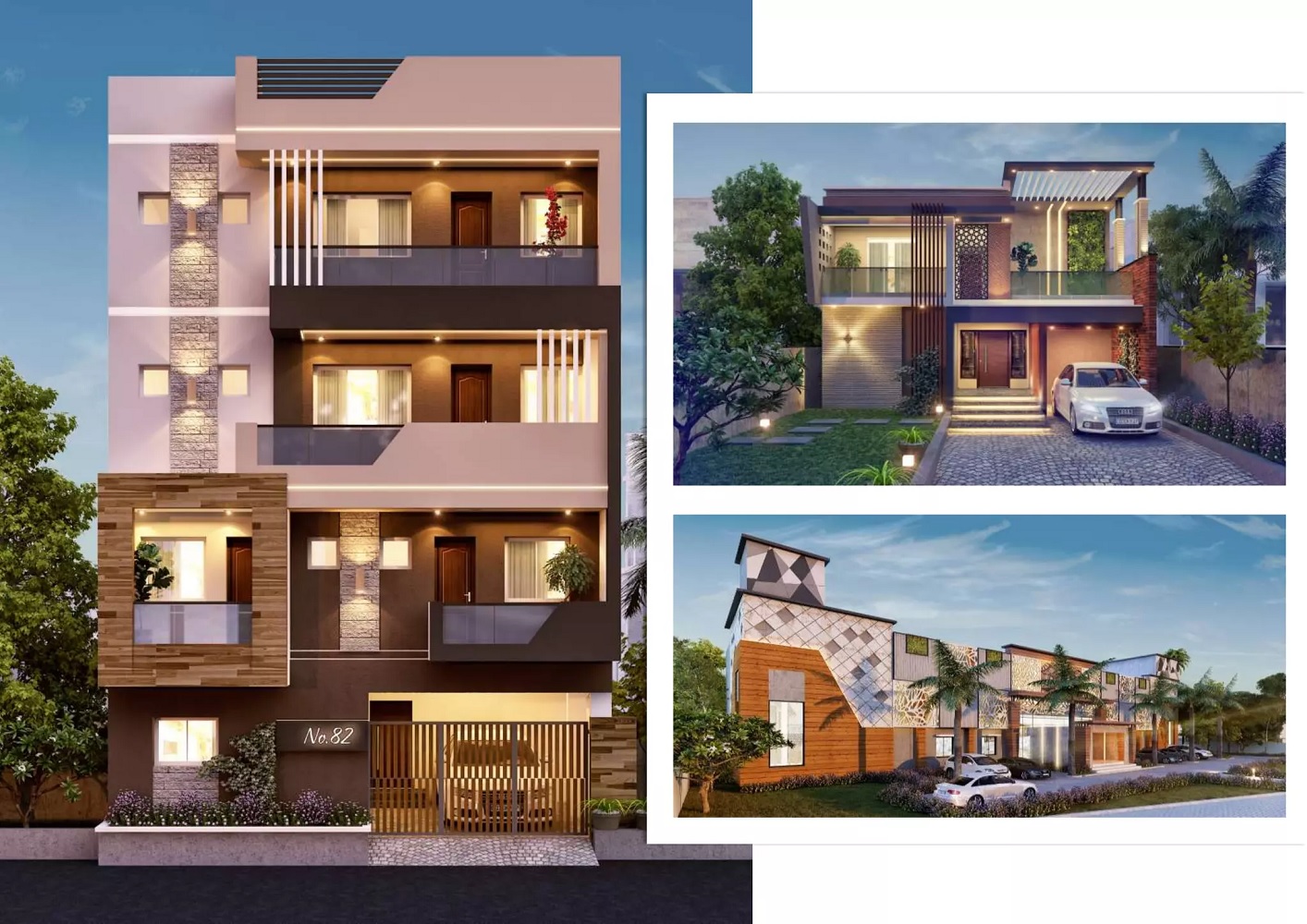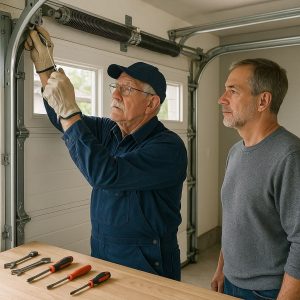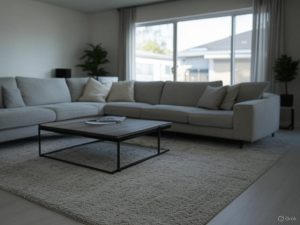Environmental design and energy efficiency are increasingly important facets of building design. With sustainability as its motto, sustainable design is moving from the fringe to the core of architectural thinking. While energy efficiency is one of the main drivers for sustainability, there has been a less focused push for building efficiency – an overall improvement in performance measures such as indoor air quality and occupant satisfaction. The design process can make or break energy efficiency, so it’s critical that your designs are innovative and efficient.
Municipal engineering systems (MEP) design is a branch of engineering that integrates sustainability approaches into building construction. Municipal engineering systems focus on systems-level approaches to improving design performance, energy efficiency, water conservation, and indoor environmental quality. In this blog post, we discuss how sustainable materials can be integrated into MEP design to achieve sustainability goals while optimizing building performance. Go to MEP Modeling Services for more details.
Unlocking the Potential of MEP Engineering for Sustainability
MEP engineering is a valuable tool for sustainable building design. It involves the use of environmentally-conscious engineering methods and technological innovations to reduce a building’s environmental footprint. Technologies such as high-efficiency ventilation systems powered by artificial intelligence can monitor human activity and adjust ventilation systems accordingly, saving energy. Other sustainable practices include natural lighting, efficient heating and cooling systems, water savings measures, renewable energy sources, and sustainable building materials.
LEED certification is an internationally recognized certification system for all building types, phases and focuses on water and energy efficiency and CO2 emission reduction. These practices can help buildings become more energy efficient and more sustainable overall. Practical measures for sustainable building design include the use of natural alternatives for energy and comfort, sustainable materials, and optimal maintenance strategies.
The construction sector contributes to 25% of Australia’s total greenhouse gas emissions, highlighting the potential of MEP engineering for sustainability.
Evaluating Building Efficiency with MEP Design Strategies
Energy modeling software, such as Comcheck, eQuest, and energyPRO, are essential tools for accurately calculating building energy consumption. Using these programs, you can determine the energy use and greenhouse gas emissions of a building design or retrofit project, as well as identify potential savings through effective ECMs. These programs can help you evaluate building efficiency with sustainable design concepts and energy-efficient systems that are properly sized, installed, and well-maintained.
An integrated MEP approach is the best way to make buildings more energy efficient. It involves developing systems together from design to commissioning so that energy consumption is optimized across the entire life cycle of a building. This approach provides greater insight into the environmental impact of building systems and allows for better decision-making regarding efficient technologies and sustainable design practices in buildings.
Utilizing Sustainable Materials for MEP Engineering Projects
Utilizing sustainable materials for MEP engineering projects can reduce the environmental impact of a building by reducing energy consumption, water usage, and waste generation. Green building techniques such as reducing energy usage and water management can help create a more efficient and eco-friendly MEP system. For example, solar panels installed on buildings can provide sustainable energy to the system and water efficiency measures such as using grey water for landscaping and irrigation can help save water. Furthermore, sustainable materials in building design can include energy efficient construction methods like solar panels or wind turbines, or energy saving devices like motion sensors or compact fluorescent lights (CFLs). Sustainable materials are also used in the building envelope to reduce air pollution levels such as natural insulation and durable building materials that don’t need frequent maintenance.
Studies have shown that buildings are responsible for 40% of global carbon dioxide emissions, making sustainable MEP design essential for reducing environmental impact. By incorporating green technologies into your building design process, you can create buildings that are both efficient and sustainable.
Combining Form and Function with Sustainable MEP Solutions
Integrating sustainable engineering methods and technologies into buildings can help to reduce energy consumption, water consumption, and greenhouse gas emissions. Sustainable MEP design includes the use of renewable resources and smart technology that can improve energy efficiency and water usage in buildings. This type of design also encourages the use of green building techniques, such as efficient heating, ventilation, and air conditioning systems. It can optimize maintenance processes and reduce costs for the building’s lifetime.
The use of BIM technology can also help to develop sustainable MEP designs that are efficient and cost-effective. BIM helps architects, engineers, and designers to visualize a building’s design digitally before creating a 3D model. With this technology, it’s easier to incorporate sustainability features into building designs without sacrificing efficiency or functionality.
Optimizing Building Performance with Innovative MEP Engineering Solutions
MEP engineering is essential in buildings as it helps to reduce carbon dioxide emissions and energy consumption. A successful MEP design should focus on energy efficiency and sustainable building practices, including efficient lighting systems and variable refrigerant flow systems. Architectural design decisions can help to reduce the need for heating, ventilation, and air conditioning systems, leading to improved energy savings. This includes installing efficient LED lighting systems and using solar panels for energy generation. By incorporating these energy-efficient technologies into building designs and making sustainable engineering decisions, buildings can be designed to achieve high energy efficiency ratings.
Benefits of Sustainable MEP Systems for Energy Efficiency in Buildings
Sustainable MEP engineering is an efficient and cost-effective approach to sustainable infrastructure design and construction. Properly incorporating sustainable engineering practices into the design and construction of buildings can reduce energy consumption, water consumption, and carbon emissions. This results in lower operational costs for building owners and occupants, creating savings on energy costs, cooling costs, water costs, and environmental compliance costs. Furthermore, Sustainable MEP engineering helps ensure buildings are more energy efficient and water-efficient, which can help reduce the impact of climate change.
Besides saving money and improving sustainability, Sustainable MEP engineering can help improve building efficiency. By working with building systems integrators (BSIs), facility managers can gain access to advanced energy management systems (AEMS), heating ventilation systems (HVAC), lighting systems, pumps, solar panels, and other sustainable technology tools. An AI-powered AEMS system can make automatic adjustments to increase energy efficiency and reduce waste, while smart lighting systems can help save energy by adjusting brightness based on the building’s external environment. Utilizing an integrated approach to sustainable engineering practices allows for better coordination across building systems and reduces the risk of equipment position disputes. Besides these tangible benefits, integrating sustainability into MEP design has positive impacts on sustainability awareness and consciousness among engineers.
Integrated energy management systems, known as sustainable mep systems (mecanically, electrically, and plumbing), can significantly reduce energy consumption in buildings.
- Sustainable mep systems include heating, ventilation, and air conditioning (HVAC) systems and lighting. These building systems account for up to 75% of energy costs, making sustainability a key aspect of energy efficiency. – In particular, sustainable mep systems offer numerous benefits to the occupants of buildings. They can reduce energy consumption by up to 50%, resulting in savings on electricity bills and greenhouse gas emissions.
- Sustainable mep systems also help reduce the risk of costly breakdowns and repair costs by ensuring optimal performance and reliability. Building owners can also enjoy enhanced comfort by reducing the use of air conditioners and heating systems. – Before installing mep systems, energy efficiency can be improved by optimizing the building envelope and internal layout.
- Sustainable mep engineering is essential for sustainable construction, making buildings more energy efficient by reducing greenhouse gas emissions. It also helps reduce overall water consumption and energy consumption while supporting dynamic building designs.
The use of sustainable engineering design and materials in buildings can help achieve a number of sustainability goals. Not only do sustainable building materials and systems reduce energy consumption, carbon emissions, water consumption, and waste generation, but they can also enhance indoor air quality, improve occupant health, strengthen existing buildings, and make buildings more efficient. Sustainable building design strategies can be implemented using engineering methods to optimize building performance based on building needs and available resources. By considering multiple factors such as the climate in the area, natural resources, energy sources, and human activities in the design process, an organization can create buildings that are sustainable while ensuring optimal efficiency.






